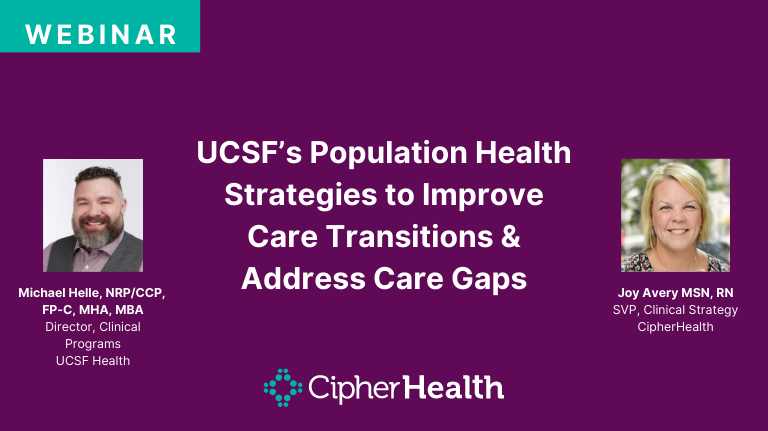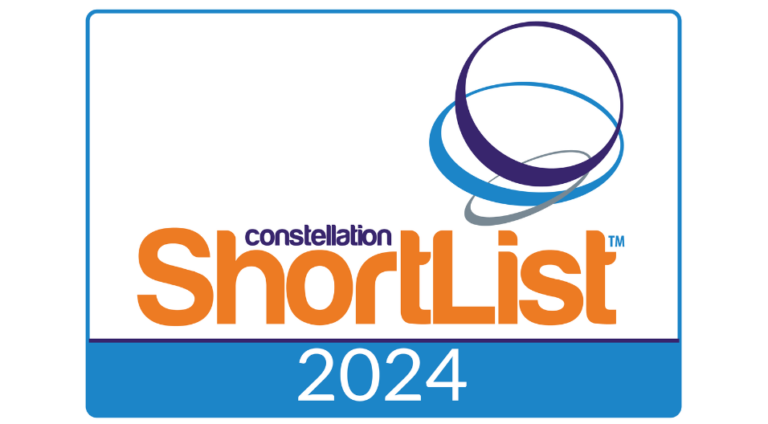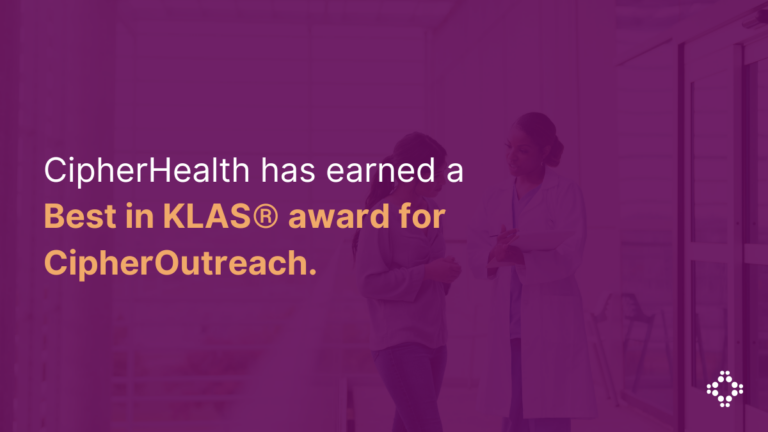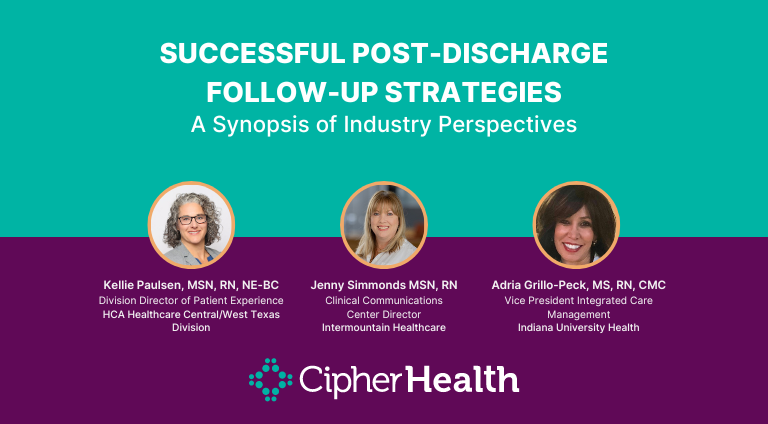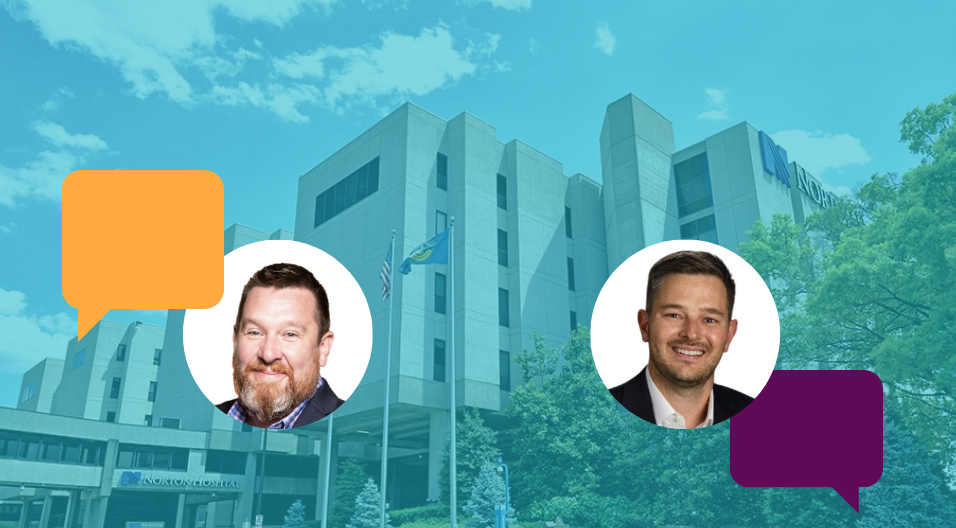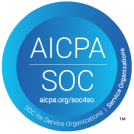Patient follow-up is a clinical best practice that impacts both patient outcomes and perceptions of care. When done effectively, post-discharge outreach can reduce readmissions, emergency department recidivism, and improve patient satisfaction scores. During a recent panel webinar, three health systems shared how they have each implemented and maintained their post-discharge programs and continue to achieve tangible, scalable results.
The panel, composed of Kellie Paulsen, MSN, RN, NE-BC, Division Director of Patient Experience, HCA Healthcare Central/West Texas Division, Adria Grillo-Peck, MS, RN, CMC, Vice President Integrated Care Management, Indiana University Health, and Jenny Simmonds MSN, RN, Clinical Communications Center Director, Intermountain Healthcare. Throughout the webinar the panelists explored the landscape of patient outreach, shedding light on their strategic approaches, and how it has impacted their respective communities.
An Overview of Three Different Post-Discharge Outreach Programs
To kick off, Paulsen shared the process of rolling out and implementing post-discharge outreach across HCA’s Cental/West Texas Division. The program started in 2019 and after starting at one site, the program quickly scaled across the entire division which included 9 hospitals. HCA has implemented a decentralized call back program that includes programs across Inpatient, OB, Same Day Surgery, and Emergency Department Outreach.
Simmonds then shared that at Intermountain, they have been working with CipherHealth since 2015. Their post-discharge outreach has continued to grow as Intermountain expanded to include 25 hospitals and two stand alone Emergency Departments. For Intermountain, they have launched outreach programs across DRGs and Service lines. Currently, these programs span CHF, Total Joint, Emergency Department, Inpatient, Mom/Baby, NICU, Sepsis, and Malnutrition.
Grillo-Peck rounded out the program overviews by highlighting the work at Indiana University Health, which has been in place since 2016. The centralized post-discharge programs at IU Health span five locations and focus on outreach to both Inpatient and Emergency Department patients.
The Structure of Multi-Hospital Post-Discharge Outreach Programs
Throughout the webinar, the panelists highlighted their organization’s structure for post-discharge follow up. While IU Health and Intermountain both follow centralized models, HCA Central/West Texas offers a decentralized approach. The advice that panelists all agreed on was that the programs need to be thoughtful, staffed appropriately, and provide data that can be shared throughout their organization to highlight the value of each program.
While the structure of the programs all differ, the overall workflows are similar. Prior to discharge patients are informed of the program both verbally and via their discharge instructions. One unique piece of IU Riley Children’s hospital workflow is providing a flier designed to be a coloring page with the idea that it will be hung up when they are home and will increase the chance of patients interacting with the outreach program.
Once the patients are discharged home, they are called or receive a text message within 24-48 hours of discharge. If a patient requests a call back, the alert is routed to the proper care team who is notified with the patient’s concerns. All of the documentation is tracked and the data from the aggregate calls is accessible to the leaders.
When discussing the process for utilizing CipherHealth, Paulsen shared, “We have a decentralized callback program where we leverage CipherHealth to do outreach. We just were not able to resource outreaching a hundred percent of our patients, which is what our goal was. Cipher lets us do that and lets our departmental and clinical leaders target their callback efforts towards the patients who have engaged with the system and asked for us to call them back.”
Ensure Proper Staffing to Improve Follow-Up Timeliness
As CipherHeath’s SVP of Clinical Strategy, Joy Avery, shared, there is ample data that highlights how when a patient requests a call back, the best practice is to respond to that request within 2 hours. For many health systems, finding the right resources to drive toward that goal can feel like a barrier. However, each panelist was able to demonstrate that through both decentralized and centralized workflows, it is possible to achieve fast follow up without burdening staff.
For Intermountain, they have grown to a centralized team of 40 FTEs that support a 24/7 operation. This equates to less than 2 FTEs per hospital to manage the follow up from all of their discharge inpatient and emergency department patients, as well as, their population-specific follow up programs.
Simmonds shared the process that she leverages to ensure adequate staffing. When she took over the team, she recognized that the evolution of their staffing model would be a journey and started by looking at their productivity metrics. She began to measure the time nurses spent on calls, prepping for calls, and charting the connections with patients. Once she had those standards, she is able to predict FTE needs as their programs grow and evolve. As Simmonds said, “Nothing has to be perfect. Just start the work and get it going.”
At IU Health, Grillo-Peck manages a team of three transitional care managers that support the five hospitals leveraging CipherHealth. This centralized model has worked well because it allows them to ensure adequate staffing and keep follow-up times as low as possible, which at the time of the webinar is about an hour.
And while both IU Health and Intermountain shared the benefits of a centralized model, Paulsen shared strategies for staffing and holding teams accountable in a system-wide decentralized way as well. Two strategies that HCA Central/West Texas have deployed relate to accountability and impact. For accountability, Paulsen and her leaders have deployed clear escalation pathways to ensure that patients who request a callback receive one in a timely manner. With these pathways there are accountability alerts set at 24 and 72 hours after the request to ensure that patient needs are being met. Additionally, her team shares the rich feedback that their patients provide to showcase the value of the program to all stakeholders involved. The visibility and recognition provided by the program has created healthy competition amongst call-back team members to keep follow up times low.
Leverage Data to Share Program Results and Maintain Leadership Buy-In
The panelists shared and agreed that accountability and proactive data sharing help drive long-term success. It was clear that all of the panelists share and support strategies that will drive not only meaningful data collection, but data utilization for the purpose of making both upstream and downstream improvements.
For Paulsen and the HCA Central/West Texas team, the reporting allows them to track and monitor progress. As Paulsen shared, “One of the things we find most valuable is the really really rich feedback that we get from our patients. In each one of our scripts there is opportunity for the patient to leave us feedback, either through a voice recording or text back that feedback about their experience. And that goes to a weekly report that our leaders are able to visualize.”
Grillo-Peck shared how at IU Health, diving into unit-specific reports and drill downs is what allows her to help the hospitals her team supports in identifying and working through opportunity areas that help achieve experience and outcomes improvements.
Another angle to explore would be similar to the financial measures of success that Simmonds provides via the Health Answers team at Intermountain. In addition to productivity measures, by taking a centralized and standardized approach they weigh the cost of the program and resources against the savings realized by reducing rehospitalizations or readmissions to the Emergency Department.
Lessons Learned
The panel ended on a high note with panelists reemphasizing that leadership engagement, nursing engagement, and keeping the outreach process simple are crucial to success. The webinar proved insightful and the strategies discussed, if implemented, could result in better patient outcomes and experiences, as well as more efficient use of staff resources.
Simmonds shared the importance of starting the journey right and engaging with the right stakeholders to drive success. “We can’t drive for any change if we don’t use the data to help us do that. So I think, getting in front of administrators to help highlight the program with the high-level of what the program can do for them, and then getting the front line engaged in that work and understanding what the work looks like is key.” Said Simmonds
This sentiment was echoed by all of the panelists and Grillo-Peck offered another piece of advice for increasing patient reach rate. She shared, “Keep it simple. We had an elaborate script in the beginning and we were losing people. It was just too much. So I think by simplifying our script, we’ve been able to reach more patients and have more interventions that are really making a difference in their lives.”
Paulsen closed out the webinar with a final lesson learned is flexing your approach to meet your unique patient population’s needs. Paulsen said, “One thing that’s unique is our El Paso market is over 50% Spanish speaking. And so we learned that we had to change our approach to outreach those patients with focus. So know your audience, and really don’t be afraid to adapt and make changes until you get it right. We still are making changes and making adaptations to try to target that population in the best way possible. And I think that flexibility is really a big plus.”
Ultimately, the panelists shared how any hospital or health system can take a successful approach to post-discharge outreach by gaining input from key stakeholders, creating clear and accountable processes, tailoring the programs to their unique populations, and leveraging data to drive continuous improvement.
For more information, you can click here to watch the webinar on demand.

